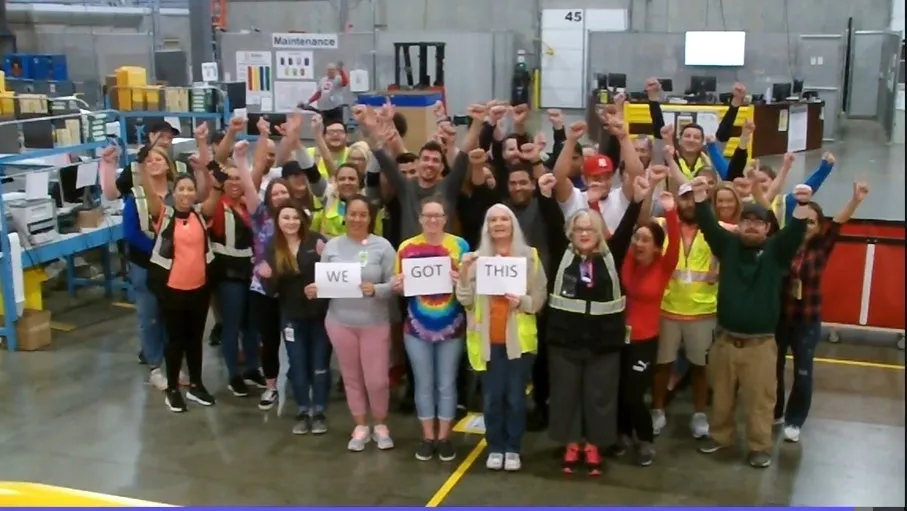All employees, at all levels, in every industry encounter a range of common changes in the workplace at one time or another. One of...
Games have the power to change human behaviour. Remember the immediate and lasting impact of Wordle? It very quickly went from obscurity to an international phenomenon to a $3 million purchase by The New York Times.
Why do games have this power? Motivation expert Dan Pink says games satisfy basic human needs for autonomy (you control the pace), mastery (you get better over time), and sense of purpose (you’re aiming at a well-defined goal). Games inspire participants to compete, match their skills against others, and keep score. Behaviour adoption is accelerated when prizes are rewarded, even ones as simple as collector lapel pins, pizza parties or points.
Games can be powerful change agents at work.
Change management leader John Kotter says short-term wins are key to reinforcing the change as they demonstrate progress towards the desired goal. Gamification breaks the change (e.g. a new process) into achievable segments, providing the participant with opportunities for incremental wins. Winning triggers the release of dopamine, and people become emotionally invested in the outcome.
Operations Impact:
Gamification in the workplace is a powerful driver of behaviour change because it helps employees see the change as achievable. Games make expectations clear and the vision for the change becomes relatable to the employees’ day-to-day. Through clear expectations and a desire to win, employees become intrinsically motivated to learn the desired behaviour and engage in it repeatedly. The result is reduced implementation time, greater productivity, operational efficiency, and better customer service.
Recently I partnered with @RoddOlmstead to support a gamified change for a third-party logistics client. Their goal was to increase productivity and improve customer experience by changing the way employees managed the warehouse. Key moments in the process were gamified, and each site was provided with a game playbook, a site gameboard and a national scoreboard that helped players compare their results to others.
The gamified change has resulted in sustained behaviour change across international sites, significantly improved international KPIs, and improved employee engagement.
Executive coach @JudyCampbell uses a gamified tactic to help clients improve their listening skills. The ‘player’ is challenged to hold off on replying in a conversation before they ask the speaker one follow-up question about something they said. Essentially ‘earning’ the right to speak. They keep score and work at improving their listening every day.
Games are a fun, effective way to make expectations relatable and inspire employees to engage in a new behaviour. To build an effective gamified operations change initiative, involve your audience, map your process, and identify key moments that could be gamified. Together, build the game and the reward system. Then step back and engage your team.












